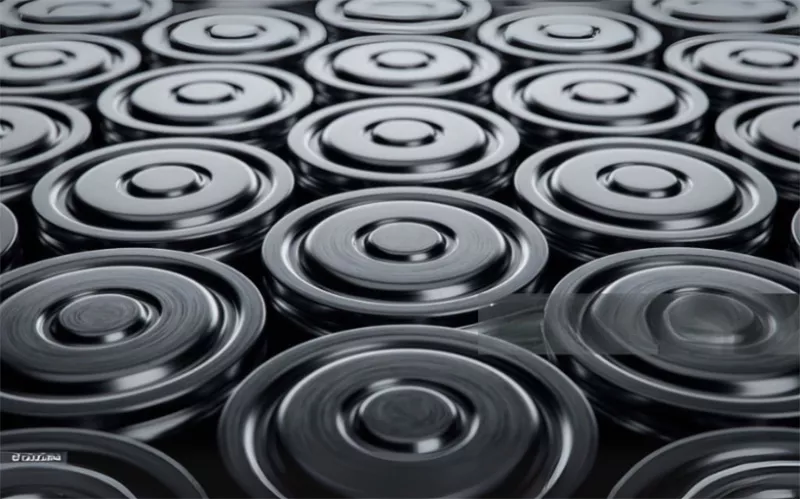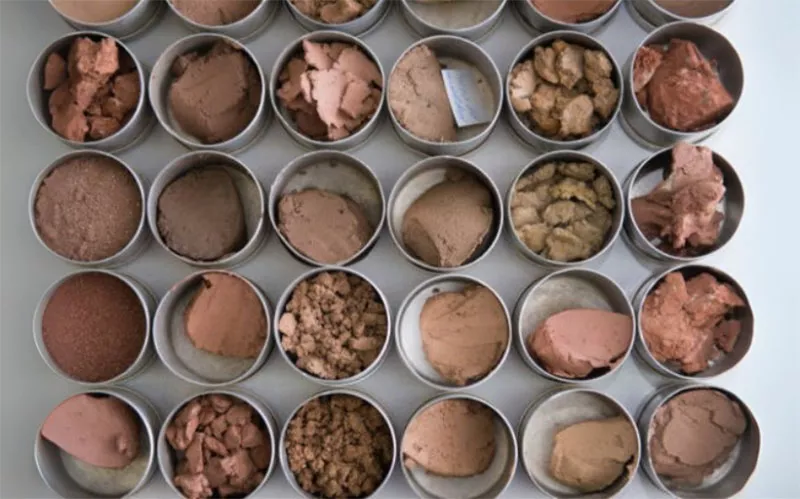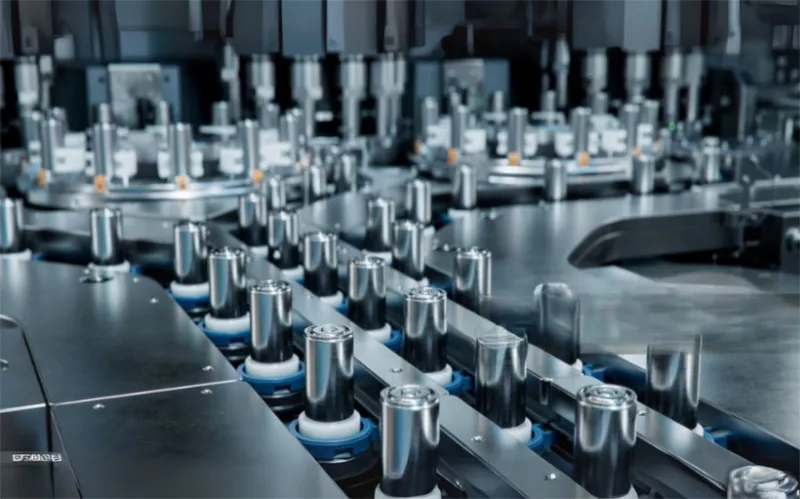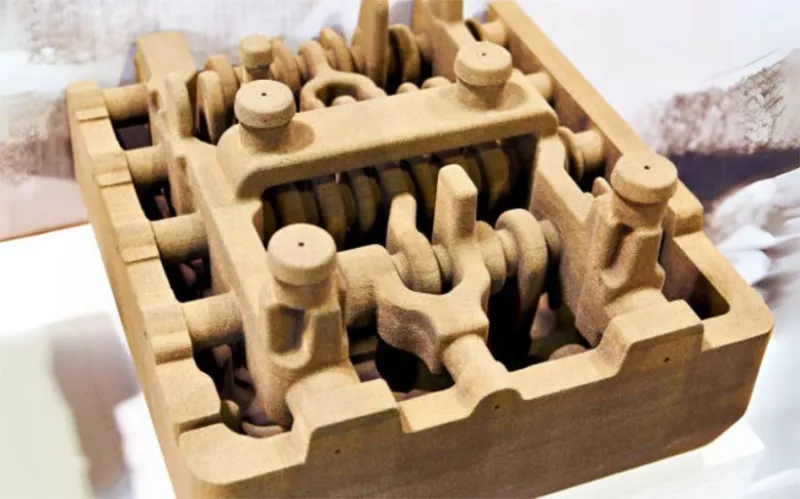Functional ceramics are a new ceramic type developed to manufacture cutting-edge technologies. It is used widely in sensing technology, computer science, bioengineering, the automotive industry, and environmental science.
Rare earth materials have huge applications in improving the characteristics and performance of functional ceramics. Rare earths enhance the functional ceramics that respond to light, electricity, magnetism, sound, power, and heat effects.
This article will help you understand the usage of rare earth elements in functional ceramics. Let’s dive in.

Rare Earth Elements And Their Importance:
Rare earth elements (REE) or rare earths are 17 elements in the periodic table with similar properties. The REE elements from the periodic table are:
-
Lanthanum(La)
-
Scandium(Sc)
-
Cerium(Ce)
-
Yttrium(Y)
-
Neodymium(Nd)
-
Dysprosium(Dy)
-
Praseodymium(Pr)
-
Samarium(Sm)
-
Gadolinium(Gd)
-
Terbium (Tb)
-
Europium(Eu)
-
Yatterbium(Yb)
-
Holmium(EU)
-
Promethium(Pm)
-
Lutetium(Lu)
-
Erbium(Er)
-
Thulium(Tm)

These 17 elements are a crucial part of various advanced technology devices. REE elements are used to manufacture over 200 products with many applications.
REEs are used widely in manufacturing:
-
consumer electronics products,
-
personal computers,
-
hard drives,
-
electric vehicles(EVs),
-
hybrid vehicles,
-
cellular telephones,
-
televisions,
-
and flat screen monitors, etc.
Rare earth materials also have applications in defense system appliances manufacturing, such as radar systems, sonar systems, guidance systems, lasers, and electronic displays.
It is worth mentioning that the total amount of rare earth materials used in those products is not significant compared to their volume, weight, and value, but is essential for the device’s functioning.

For example, spindle motors and computer voice coils manufacturing require a smaller fraction of REE than their total weights. But these cannot be made without them.
China currently holds nearly 60-70 percent of the world’s rare earth elements. At the beginning of 1990, REE production, supply, and export became a national issue in China. After that, China started reducing the REEs sold abroad from China.
Now, China has restricted exports of seven rare earth materials, considering their applications and availability.

What Are Functional Ceramics?
Functional ceramics are ceramic types developed for superior qualities beyond traditional and structural ceramics. They are widely used in magnetic, electric, and optical engineering works.
They have huge diversity in their structure, composition, and properties. They can be used for many high-tech purposes.
Functional ceramic preparation requires a long processing system including raw materials processing, formulation, mixing & milling, dewatering, pre-synthesis, milling, granulation, shaping, sintering, and electroding.
This rigorous processing method of the functional ceramic helps to maintain its properties, such as magnetic, electrical, thermal, optical, photoelectric, interfacial, mechanical, transport, thermodynamic, thermoelectric, ferroelectric, bioactive, biocompatible, and electrochemical.

Usage of Rare Earth Elements in Functional Ceramics:
REEs for Superconducting Ceramics: Superconducting ceramics are ceramic materials that exhibit extreme temperature-conducting properties. These materials have no diamagnetism and zero resistance. LaSrCuO, LaBaCuO, YbCuO, and BaPbBi are some of the most frequently used superconducting ceramics. These compositions consist of rare earth elements.
Rare earths increase the critical current density of the ceramics and boost their performance in magnetic fields. Superconductors can carry electricity without losing energy and repel magnetic fields. Hence, the magnetic field cannot pass through the superconductors.
The major sectors of superconducting ceramic use include water purification systems, supercomputer manufacturing, maglev train manufacturing, and power transmission and distribution systems.

REEs for Optical Ceramics: Rare earth elements are an essential part of optical ceramics. Optical ceramics are a special functional ceramic type that is transparent and can pass visible light.
Transparent ceramics production requires pure ultra-fine materials or equiaxed crystals with high-quality crystal axes. This crystal is the main transparent phase and is produced in a rigorously maintained sintering process with a fixed amount of modifying additives.
Rare earths adjust the color, light, minimize the size, and increase energy efficiency of the optical ceramics.
Examples of some regularly used optical ceramics are alumina, yttrium trioxide(Y2O3), lead lanthanum zirconate titanate Ceramic(PLZT), alumina, calcium oxide, magnesia, and thorium oxide(ThO2).

REES for Magnetic Ceramics: Magnetic ceramics consist of a single or multiple metal elements. The main elements of magnetic ceramics are Iron. Ferrite ceramics are a popular name for magnetic ceramics.
Ferrite is a semiconductor with higher resistivity than conventional magnetic metals. It has a small eddy current loss.
Magnetic ceramic materials can be divided into two categories according to the use, i.e, soft magnetic and hard magnetic materials. Hard magnetic materials are very tough to magnetize and demagnetize. They have applications in magnetic storage devices and magnets, and are made up of rare-earth magnets and ferrite magnets.
Conversely, the soft magnetic materials are prone to magnetization and can be easily magnetized or demagnetized. The direction of the magnetic flux in those soft materials can also be altered. Soft magnetic materials are popularly used in electronic components that need to react to changing magnetic fields.
There are three types of magnetic ceramics based on their crystal structure: the hexagonal ferrites, the spinels, and the garnet ferrites. The garnet ferrite is mostly used in functional ceramics. It is used in extreme frequency magnetic fields for its high resistivity and very small high-frequency loss.

REEs for Piezoelectric Ceramics: Piezoelectric ceramics are the functional ceramics that have the piezoelectric effect. Rare earths improve the sintering performance, electrical properties, and piezoelectric coefficient of those ceramics.
The piezoelectric effect refers to the ability of a material to create an electric charge when mechanical stress is applied to it. The piezoelectric effect is of two types: positive and negative. When an electric charge is created by the stress, it is called the positive piezoelectric effect, and when stress is generated by the electric charge, it is called the negative piezoelectric effect.
Lead zirconate titanate, barium titanate, and lead titanate are used mostly as piezoelectric ceramics. They are known as perovskite-type piezoelectric ceramics.
As we discussed above, most of the superconducting ceramics have REEs as their basic ingredient. For instance, superconductive oxide ceramic yttrium barium copper oxide(YBCO) is composed of yttrium, rare earth elements. It has an equiaxed crystal structure with a molecular formula M3(Fe5O12).
Moreover, rare earth elements are also used in functional ceramics as additives. When some rare earth materials are added to the functional ceramics, their strength, density, and cohesiveness are greatly improved.
Questions fréquemment posées :
What Are The Rare Earth Metals?
Rare earth metals are a batch of 17 elements, including 15 lanthanides, scandium, and yttrium.
They are widely used in consumer electronics, medical equipment, electric vehicles(EVs), oil refining, aircraft engines, military applications, radar systems, and missiles.
Which is The Rarest Metal in The Universe?
The rarest metal in the universe in its stable state is tantalum. Though francium is considered the rarest metal, it has no stable state or use.
Which is the Rarest Metal in The World?
Lanthanum is considered the rarest metal in the world.
How to define rare earth metals?
Rare earth metals are defined as a group of 17 rare elements, 15 of them known as the lanthanide series in the periodic table, and the other two are yttrium and scandium.
What is rare metal bullion?
Rare metal bullion is the refined bars made of uncommon metals such as platinum, palladium, and rhodium. They are rare in nature and have various applications in industries.
Conclusion: Rare earths have many uses in functional ceramics as their basic elements and as a supplement to increase performance. They added some prime properties to those ceramics.
The use of rare earth minerals with functional ceramics has made them an essential element of modern advanced technologies.